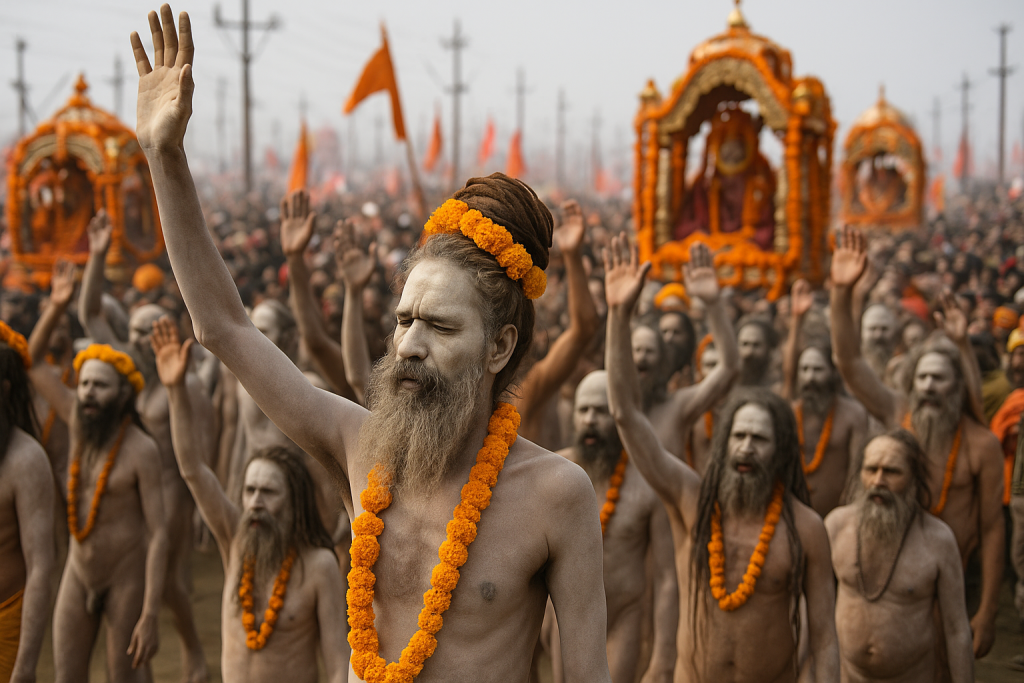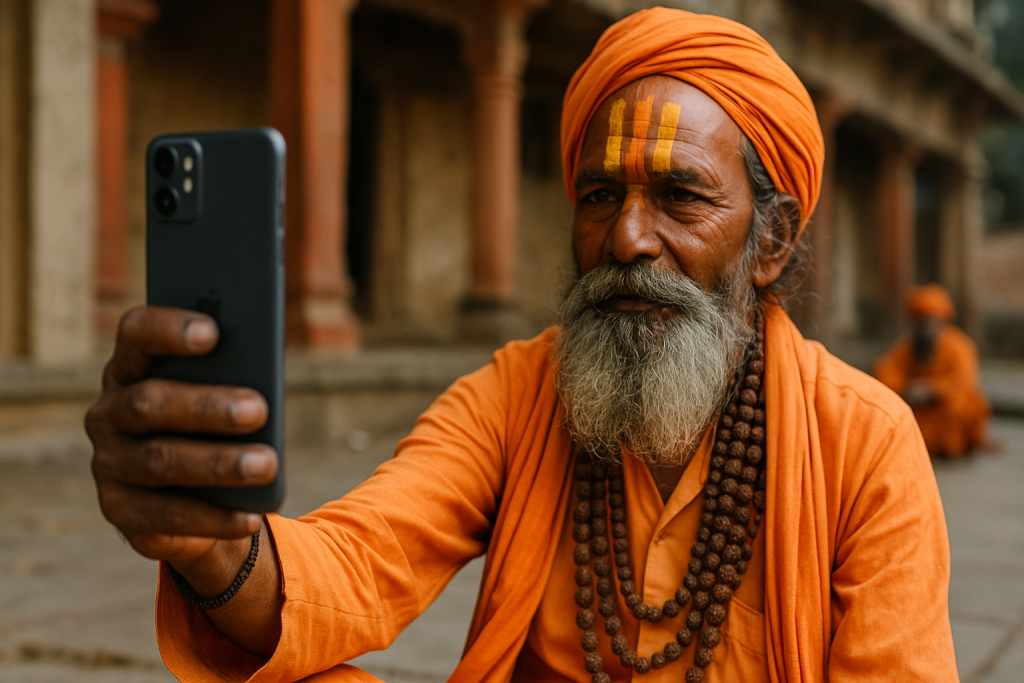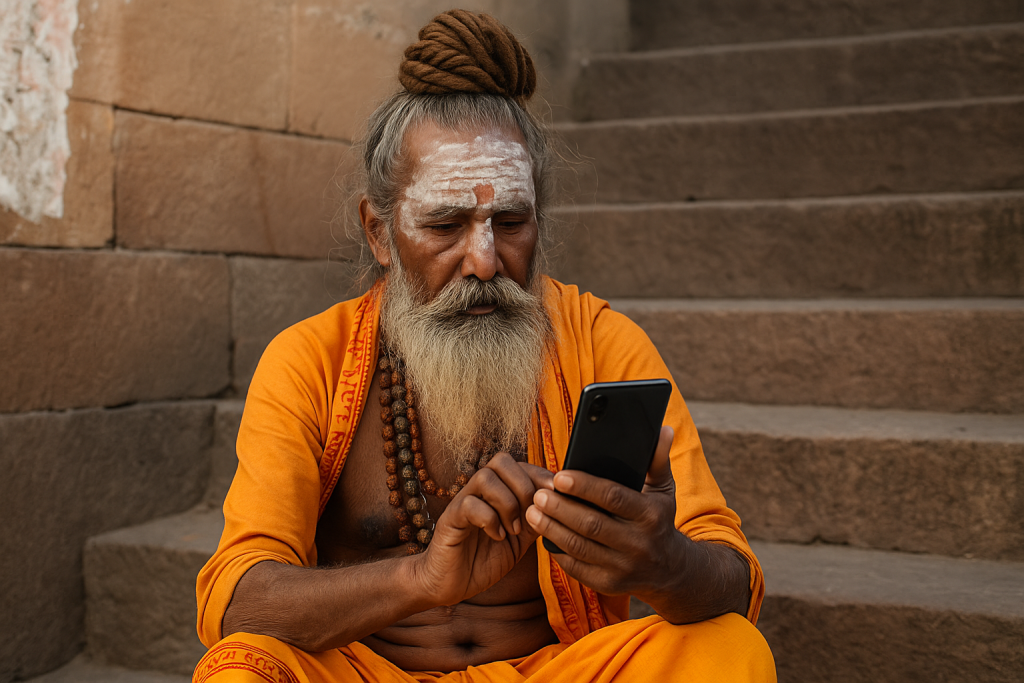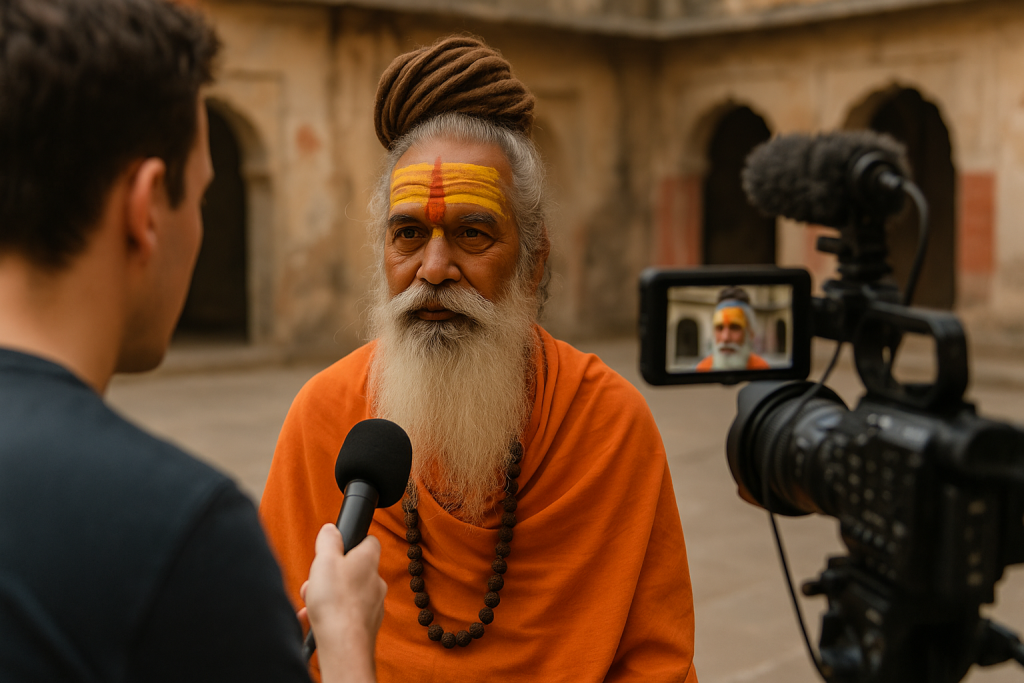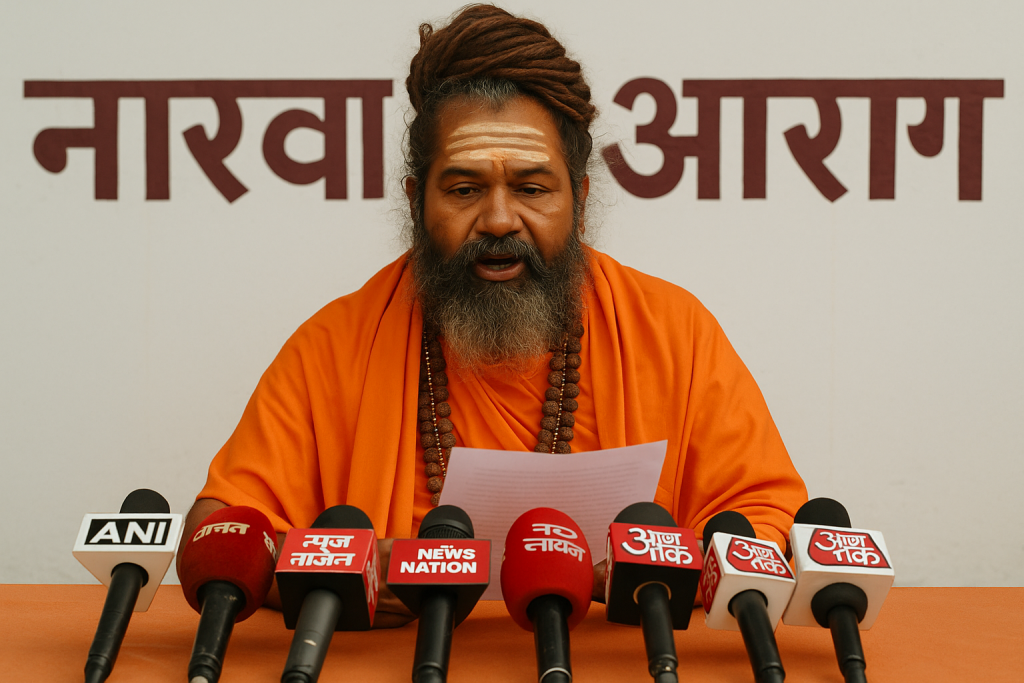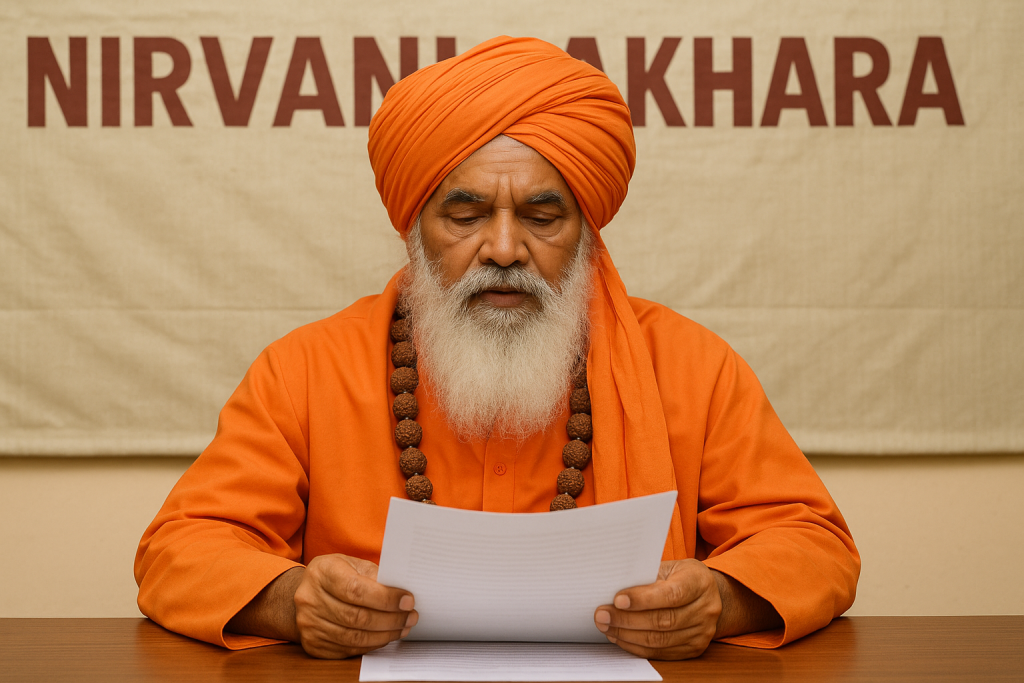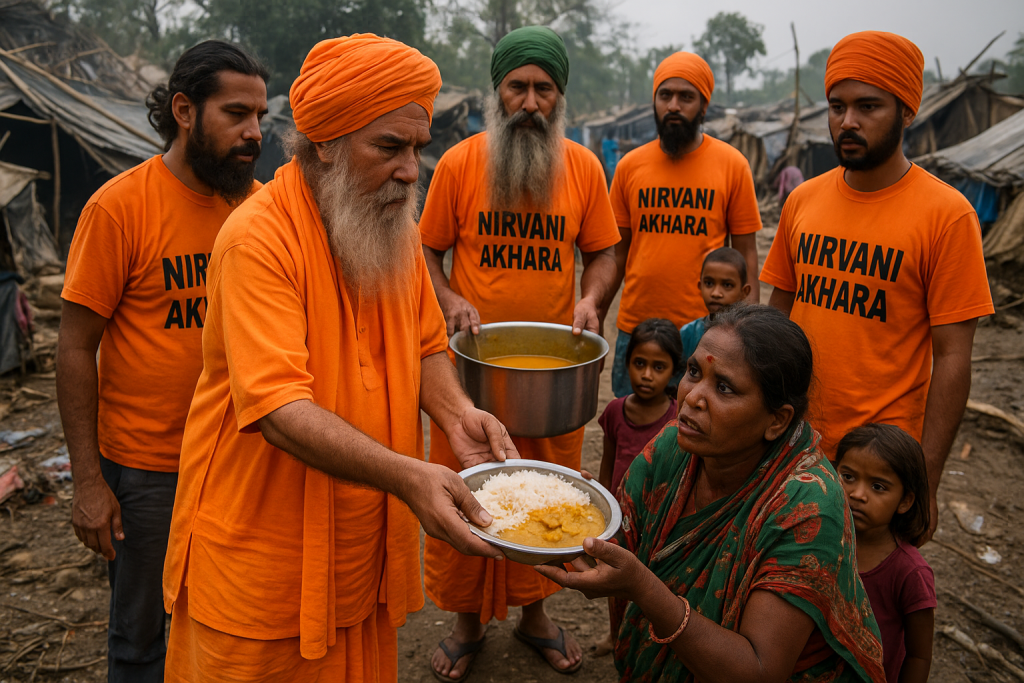The Kumbh Mela is not just a festival; it is a monumental spiritual event that draws millions of devotees, sadhus, and saints from across India and the world. Among the most revered participants in this sacred congregation is the Nirvani Akhara, one of the oldest and most respected Shaivite monastic orders. Their presence at the Kumbh Mela is a highlight of the event, symbolizing the continuity of ancient Hindu traditions and the power of collective spiritual energy.
The Historical Significance of Nirvani Akhara’s Kumbh Participation
Nirvani Akhara’s association with the Kumbh Mela dates back several centuries. As custodians of Shaivism and the Dashanami Sannyasi tradition, the Akhara’s saints have played a pivotal role in the rituals, processions, and spiritual guidance offered during the Mela. Their participation is not merely ceremonial—it reflects their commitment to uphold dharma and inspire millions towards spiritual awakening.
The Akhara’s contingent at the Kumbh is typically led by the Acharya Mahamandaleshwar and includes a large group of Mahamandaleshwars, saints, nagas, and disciples. Together, they perform sacred ablutions in the holy rivers, conduct elaborate pujas, and engage in philosophical discourses that deepen the Mela’s spiritual ambiance.
Rituals and Processions
One of the most captivating sights of the Kumbh Mela is the Shahi Snan (Royal Bath), where Nirvani Akhara’s naga sadhus, with their ash-covered bodies and fearlessness, lead the procession to take the holy dip. This event is charged with spiritual fervor and represents purification of mind, body, and soul.
Throughout the Kumbh, Nirvani Akhara also hosts yajnas (fire rituals), bhajans (devotional singing), and satsangs (spiritual gatherings) that attract devotees eager to learn from these ascetics. Their teachings emphasize renunciation, self-discipline, and unwavering devotion to Lord Shiva, inspiring seekers from all walks of life.
Unity in Diversity
The Kumbh Mela is unique in bringing together various akharas, sects, and communities. Nirvani Akhara exemplifies the harmony that can exist within diversity—respecting traditions of other orders while proudly maintaining its distinct Shaiva identity. This spirit of unity underlines the Kumbh’s message of universal brotherhood and spiritual awakening.
Modern Engagement and Social Service
In recent times, Nirvani Akhara has also expanded its role at the Kumbh Mela by organizing medical camps, sanitation drives, and free food distribution. These humanitarian efforts reflect the Akhara’s commitment not only to spiritual upliftment but also to the welfare of society.
Conclusion
The participation of Nirvani Akhara in the Kumbh Mela is a magnificent testament to the enduring power of faith and tradition. It showcases the Akhara’s vital role in preserving Hindu monastic heritage while engaging with millions of devotees seeking spiritual transformation. Each Kumbh, Nirvani Akhara renews its vow to serve as a beacon of dharma, illuminating the path for future generations.

